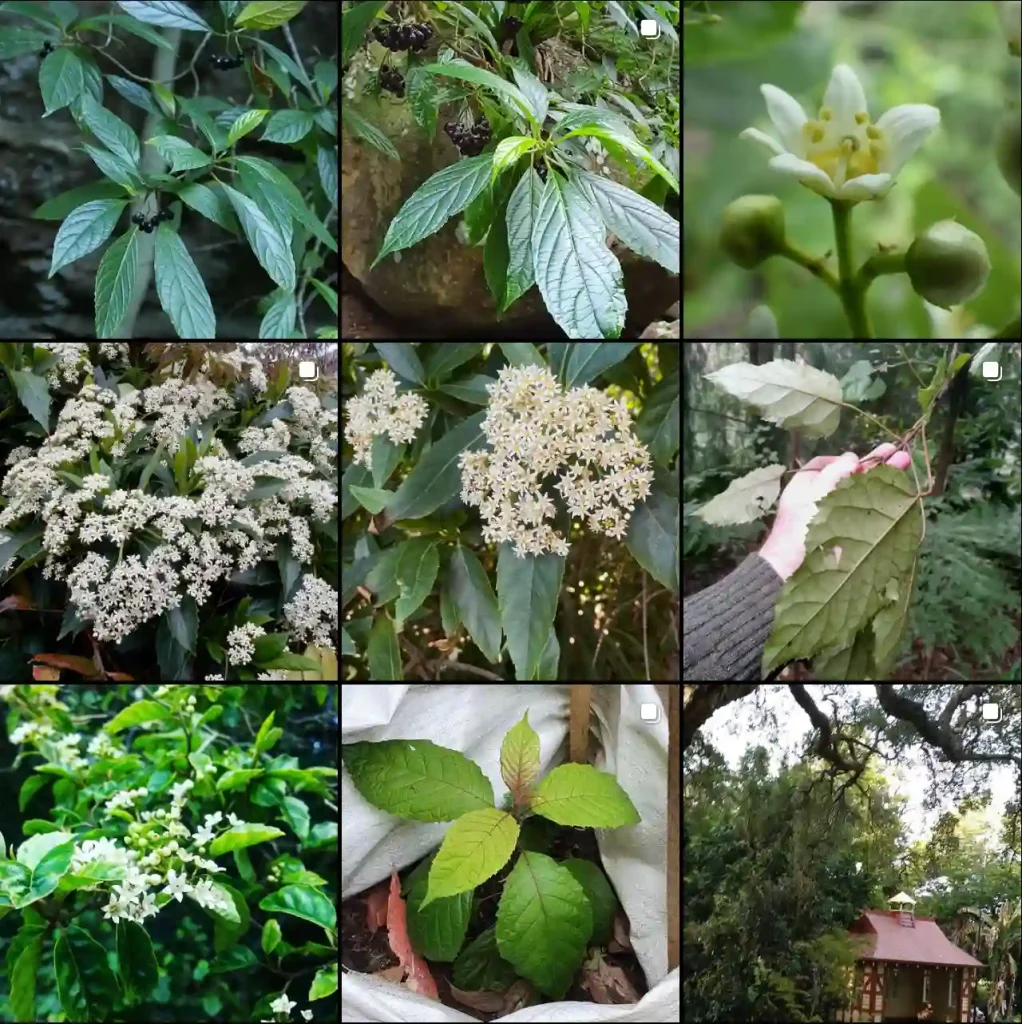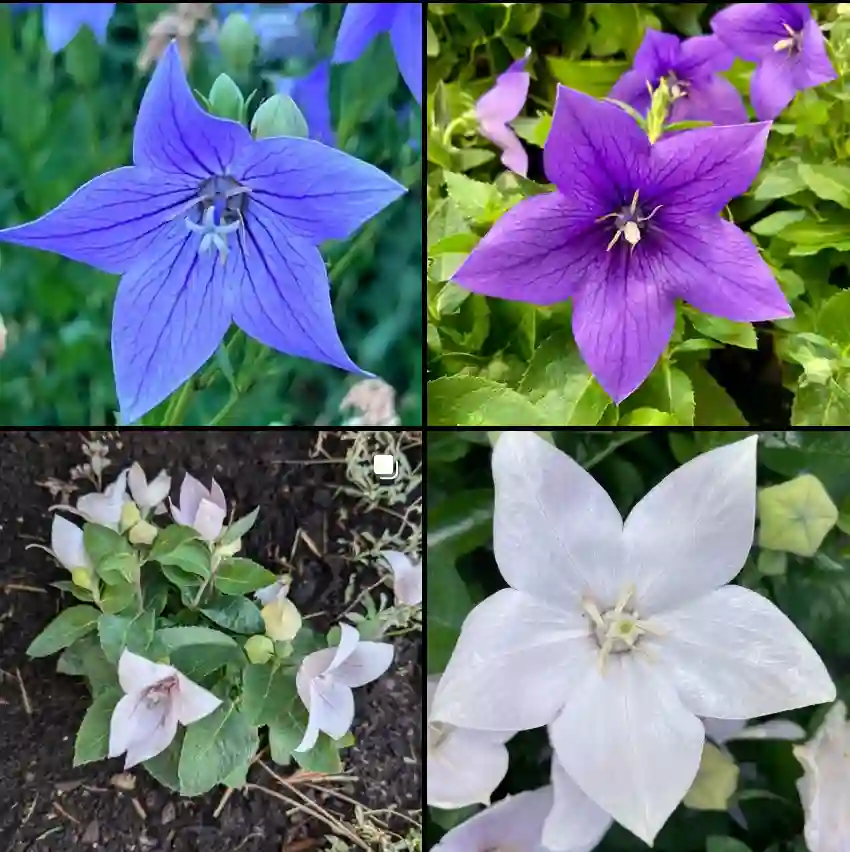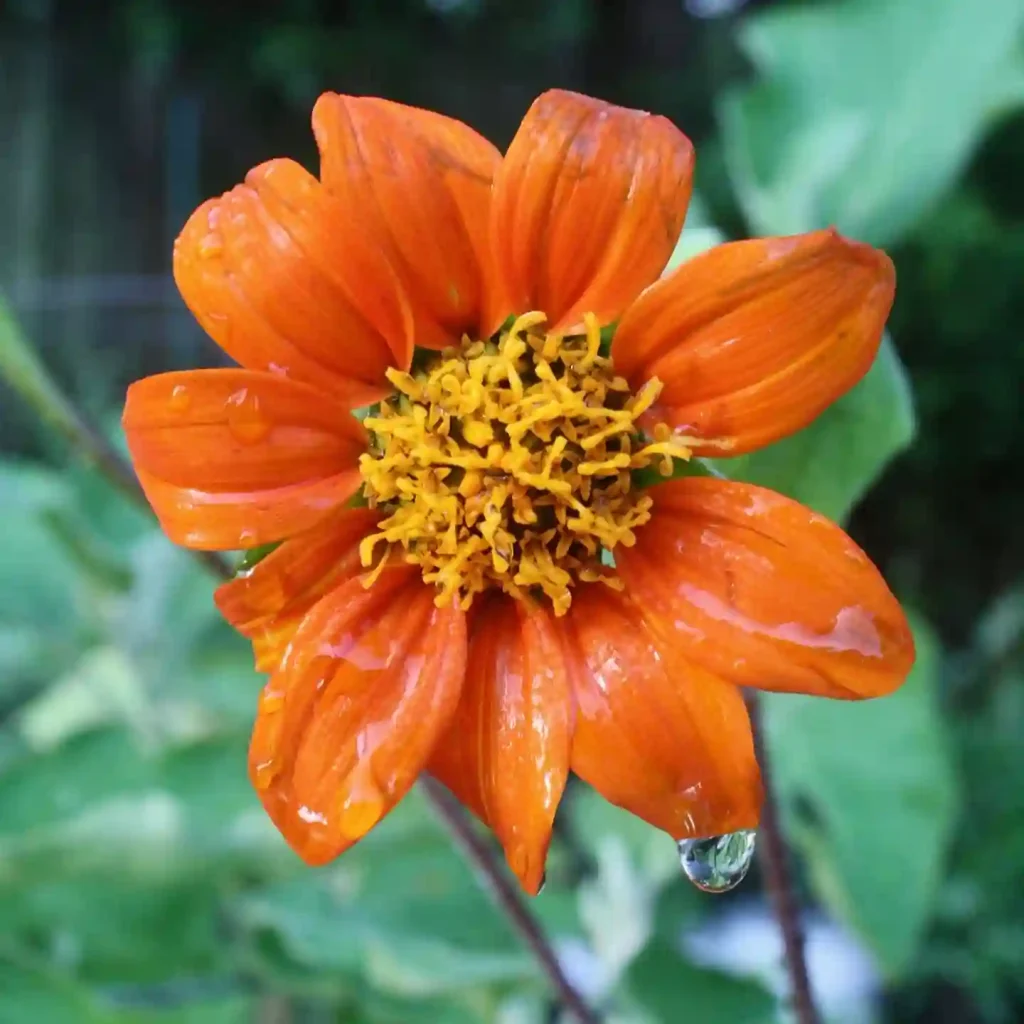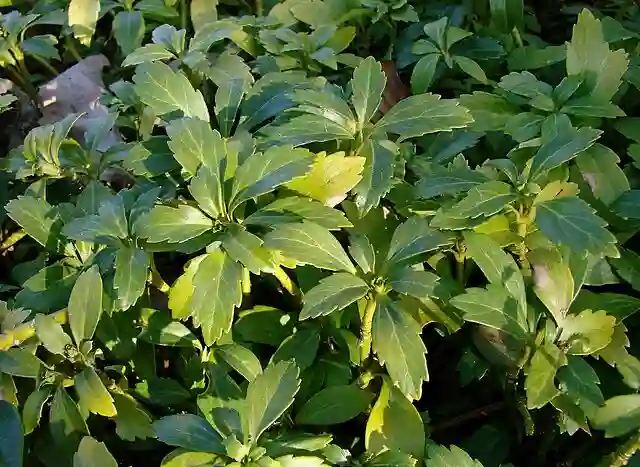Exploring the Aextoxicaceae Plant Family
As a plant enthusiast, I’ve always found the world of botany to be full of fascinating, lesser-known plant families. One of these hidden gems is the Aextoxicaceae family. Although it’s not as famous as some other plant families, its unique features make it worth exploring. Let me take you through what I’ve learned about this family, its species, and why it deserves a spot in the limelight.
What is the Aextoxicaceae Plant Family?
The Aextoxicaceae is a small and relatively obscure family of flowering plants. This family is native to Chile, and its distribution is quite limited, which might explain why it hasn’t received much attention from the gardening or plant community. However, its uniqueness lies in its monotypic nature — meaning it consists of only one genus, Aextoxicon. This genus is home to just one species, Aextoxicon punctatum, commonly known as the olivillo.
A Single Genus: Aextoxicon
The Aextoxicon genus is the sole representative of the Aextoxicaceae family. While many plant families boast numerous genera and species, this single-genus family stands out for its simplicity and specialization. Aextoxicon punctatum is the sole species, and it’s a tree that thrives in the temperate rainforests of Chile. This tree can reach impressive heights of up to 15 meters (about 50 feet) and has a charming, olive-like appearance, hence the common name “olivillo.”
Key Characteristics of Aextoxicon Punctatum
I was particularly struck by the Aextoxicon punctatum when I first encountered it. The tree’s evergreen nature gives it year-round appeal. Its dense, glossy green leaves are quite attractive, and they add a sense of lushness to any landscape. In spring, the tree produces small, unassuming flowers. While the flowers aren’t particularly showy, they play an important ecological role in their native habitats, providing sustenance for pollinators like bees.
The tree’s fruit is another distinctive feature. It produces small, round drupes that resemble olives, reinforcing its common name, olivillo. Although the fruit isn’t widely consumed, it adds another layer of interest to this tree.
One of the reasons I find this species so fascinating is its environmental importance. In Chile, Aextoxicon punctatum plays a significant role in its ecosystem. It thrives in the temperate rainforests, often forming part of the upper canopy layer. It’s well-adapted to the region’s high levels of rainfall and mild temperatures. The tree provides critical habitat for wildlife and helps support the biodiversity of these unique forests.
Ecological Importance and Conservation
From a conservation standpoint, Aextoxicon punctatum is worth attention. Chile’s temperate rainforests are considered biodiversity hotspots, yet they face threats from deforestation and habitat degradation. The olivillo tree, like many other species in these forests, is impacted by these environmental changes. However, due to its adaptability and importance within its ecosystem, protecting Aextoxicaceae should be a priority for conservation efforts in the region.
Growing Aextoxicon Punctatum
I know what you’re thinking: “Can I grow this in my garden?” The short answer is, probably not—unless you live in a climate that mirrors Chile’s temperate rainforests. The olivillo tree thrives in cool, moist environments, and replicating these conditions can be a challenge if you live in a warmer or drier climate.
However, if you’re determined to try your hand at growing this fascinating tree, you’ll need a location with plenty of moisture, well-drained soil, and partial to full sunlight. It’s also important to note that Aextoxicon punctatum is slow-growing, so patience is key. But once established, it can be a striking feature in any garden or natural landscape.
Interesting Facts about Aextoxicon Punctatum
- Endemic to Chile: This tree is found nowhere else in the world but Chile, particularly in its coastal and southern rainforests.
- Longevity: The olivillo tree is known for its long life. It can live for hundreds of years, which makes it an important ecological fixture in its native forests.
- Monotypic Family: Aextoxicaceae is one of the few plant families with just a single genus and species, which makes it unique in the botanical world.
Why the Aextoxicaceae Family Matters?
For me, the Aextoxicaceae family serves as a reminder of the incredible diversity of plant life on our planet. Even though this family consists of just one genus and species, it plays a critical role in its ecosystem. The Aextoxicon punctatum not only adds beauty and ecological value to the forests of Chile but also symbolizes the fragility of the world’s temperate rainforests.
Learning about this plant family has deepened my appreciation for lesser-known species and the roles they play in maintaining biodiversity. It’s easy to get caught up in the more popular plant families, but the Aextoxicaceae family shows that sometimes the most interesting discoveries lie off the beaten path.
Final Thoughts
As I continue to explore the vast world of plants, the Aextoxicaceae family remains a favorite. It’s a small family, but it’s packed with ecological importance and charm. Aextoxicon punctatum, the olivillo tree, serves as a reminder that every species has a role to play, no matter how obscure or little-known. If you ever get the chance to see an olivillo tree in person, take a moment to appreciate its quiet beauty and the critical role it plays in Chile’s temperate rainforests.
For me, plants like those in the Aextoxicaceae family are a testament to the rich diversity of life on Earth. Whether you’re an avid gardener or a curious plant lover, discovering these lesser-known species can be a rewarding and enriching experience.
If i die, water my plants!



